As cliché as it sounds, I think Paris will always be my favorite city in the world. I’ve been 7 or 8 times over the past few years and there’s just something special about the energy and culture that keeps me coming back. One of the best parts about living in London is that it’s only a two-hour train ride away from Paris with Eurostar, which is my very favorite mode of transportation — it’s the comfort and consistency of air travel combined with the charm and ease of traveling by train.
Whenever I’m in Paris, I try to stay at one of the boutique hotels belonging to Esprit de France. I’ve stayed at Hôtel des Saints Pères in Saint-Germain-des-Prés, Hôtel Parc Saint-Séverin in the Quartier Latin, and Hôtel Place du Louvre, and have had fantastic experiences at all three. In terms of neighborhoods, I personally prefer the ambiance and central location of the Left Bank (especially Saint-Germain-des-Prés), but also recommend Le Marais (3rd and 4th arrondissements) for easy access to excellent shopping and restaurants or the 1st and 2nd arrondissements for proximity to the Louvre and other key tourist sites.
Paris travel guides are a dime a dozen and I am certainly not an expert, but I’ve listed some of my personal favorite restaurants, attractions, and shops below for anyone who might be visiting for the first time or is looking to expand on old itineraries. You can also click here to access and download my Google Maps list of saved locations in Paris. Bon voyage!
Food & Drink
- Cafés & Bistros:
- Le Progres: Fantastic and authentically old-school brasserie in Montmartre with a reasonably priced and traditionally French menu, as well as excellent street views for people watching. It’s the perfect place to stop after visiting Sacré-Cœur, and it’s also a great option for solo dining.
- BREIZH Café: This crêperie is my go-to spot for casual dinner whenever I’m in town — it’s the perfect combination of quintessentially French cuisine, affordability, and availability (now that there are a few additional locations beyond the original in Le Marais). Breizh is known for its Breton-style buckwheat galettes and sweet crêpes, which is actually much less common in Paris than you might think, and their fresh ingredients and attention to detail keep me coming back time after time.
- Café Charlot: I’ve been to this traditional bistro in Le Marais for breakfast 3 or 4 times over the past few years, and it’s always a great experience. The menu is simple and reasonably priced, and the café is always full (but not too busy) with interesting people.
- Café La Perle: Low-key but trendy café-bar in Le Marais with an excellent atmosphere and a kitchen that is open late.
- Café de Flore: Basically the exact opposite of La Perle, but also a good option for late-night food. Located in Saint-Germain-des-Prés, it’s one of the oldest coffeehouses in Paris and is known for its associations with the French literary scene. Despite being a bit touristy and expensive, it’s still a great place for a quick bite and/or after a late-night arrival.
- Le Nemours: Brasserie with a terrace on the plaza behind the Louvre serving decent breakfast, coffee, and sandwiches. It’s a solid option for a quick meal before or after going to the museum, especially compared to the other overpriced restaurants in and around the museum.
- Sacha Finkelsztajn (La Boutique Jaune): Delicious, family-run Jewish deli and bakery in Le Marais with a bright-yellow storefront.
- Restaurants:
- Le Relais de l’Entrecôte: The OG spot for steak-frites in Paris. L’Entrecôte exclusively serves sirloin steak with a legendary sauce, walnut salad, and thin-cut fries — and nothing else, aside from wine and desserts. There are three locations (I prefer the one in Saint-Germain-des-Prés), but keep in mind that they don’t take reservations and the lines can be pretty crazy.
- Restaurant Le Train Bleu: An iconic and ornately decorated restaurant in the hall of the Gare de Lyon that originally opened in 1900. The higher-end menu contains classic French dishes that are cooked perfectly, and the service is impeccable.
- Verjus: A trendy yet intimate restaurant and wine bar near the Palais-Royal with a creative and affordable tasting menu.
- Le Clown Bar: Uniquely decorated restaurant (it’s covered in 19th-century murals of clowns) in the 11th arrondissement with a great wine bar and à la carte menu.
- Bars:
- Ô Chateau: This deceptively spacious bar and restaurant offers excellent wine tastings, as well as organized day trips to wineries outside of Paris. I did a wine and cheese tasting here with friends recently and I was genuinely surprised by how much I learned.
- La Grande Crèmerie: Excellent wine bar in Saint-Germain-des-Prés that also serves small plates and bar snacks.
- Le Syndicat: This tiny cocktail den in the 10th arrondissement is consistently included on The World’s 50 Best Bars list and is famous for serving creatively concocted drinks with exclusively French ingredients.
- Little Red Door: One of my favorite spots for post-dinner cocktails in Le Marais. The entrance is actually adjacent to the eponymous little red door, and once you’re inside the vibe is surprisingly chill and intimate despite the bar being another perennial inclusion on The World’s 50 Best Bars list.
- Coffee:
- Coutume Café: Located near Le Bon Marché on the Left Bank, this was one of the first upscale coffee shops in Paris. In addition to serving excellent coffee, Coutume also has a nice, brunch-y food menu.
- Boot Café: Tiny (and I mean TINY) coffee shop in a former cobbler’s workshop in Le Marais.
- Le Peloton Café: Cycling-centric coffee shop in Le Marais with great espresso and homemade waffles.
- Araku Coffee: Located in Le Marais, this is the flagship outpost of an extremely unique coffee company that creates a direct link between consumers and 100% organic coffee grown by tribal farmers in India. In addition to its values-centric business model, the coffee is excellent and the shop is really cool.
- Ob-La-Di Café: Super cute, blue-and-white tiled espresso bar and bakery in Le Marais with a great vegan menu and fun ambiance.
Attractions & Activities
- Musée du Louvre: The most famous and most visited museum in the world is located on the Right Bank of the Seine in the stunning Louvre Palace. It’s the second-largest art museum in the world and there is SO much to see, but don’t miss the French Crown Jewels & Regalia located in the sumptuously decorated Galerie d’Apollon, in addition to world-renowned sculptures like Venus de Milo and Michelangelo’s Dying Slave and paintings from the likes of Leonardo da Vinci, Eugène Delacroix, and Raphael. The Louvre is dazzling from the moment you walk through I. M. Pei’s glass pyramid and the underground entrance, and its legendary collection is overwhelming..but so are the crowds. For a more intimate experience, come during night-time visiting hours on Wednesday and Friday nights. It’s so much more relaxed and enjoyable than trying to crane over hordes of people to catch a glimpse of the famously tiny Mona Lisa.
- Musée d’Orsay: Although the Louvre is undoubtedly impressive, I personally prefer the Musée d’Orsay. Located in the former Gare d’Orsay train station on the Left Bank, this beautiful Beaux-Arts building primarily contains French artwork from 1848 to 1914 — including the world’s largest collection of Impressionist and post-Impressionist masterpieces from the likes of Monet, Degas, Van Gogh Manet, Renoir, and Cézanne. The museum is (slightly) less crowded than the Louvre, but it also is much smaller and easier to explore in a single day. Last but not least, I personally prefer the artwork from this period and appreciate being able to easily recognize so many of the painters and paintings.
- Musée de l’Orangerie: I finally visited the Musée de l’Orangerie during my last visit to Paris, and I can’t believe I didn’t make it here earlier. If you only have time to visit one museum in Paris, I think I would actually recommend coming to this one over the Louvre or the Musée d’Orsay — it’s beautiful, full of recognizable paintings, and extremely easy to get through in ~1 hour. The museum is most famous as the permanent home of eight of the largest Water Lilies murals by Claude Monet, which are stunningly displayed in a pair of oval rooms built especially for this purpose and designed in part by the artist himself. The series was as beautiful and thought-provoking to view in person as I had hoped, but I was also pleasantly surprised by the other exhibits on display during our visit, including an extremely well-curated collection of large-scale works by Picasso, Modigliani, and Matisse. There is also a fantastic Impressionism exhibit on display through July 2022 with paintings from Cassatt, Cézanne, Degas, Manet, Monet, Morisot, Pissarro, and Renoir — including several famous works that are typically on display in other museums in Paris and around the world.
- Hôtel des Invalides & Musée de l’Armée: Les Invalides is a complex of buildings in the 7th arrondissement related to the military history of France, including the Musée de l’Armée (Army Museum) and Napoleon Bonaparte’s tomb in the beautiful Dôme des Invalides. I must admit that I originally only visited because I happened to be walking by as it suddenly started pouring down rain; however, I enjoyed it so much that I actually came back a few years later during a visit with Andy. The most interesting part of the museum is focused on World Wars I & II — the unique collection is laid out extremely well and it was fascinating to see such an important part of world history through a French lens, especially the gratitude they have toward American troops for the role they played in liberating France during World War II. Strangely, walking through this military museum in Paris is probably the proudest and most patriotic I have ever felt as an American.
- La Tour Eiffel: It’s one of the most recognizable structures in the world and the cultural symbol of France, but I will never understand why anyone would pay to go up to the observation deck. Instead, I recommend walking by it as you stroll through the Champ de Mars and then heading to the Place du Trocadero or Avenue de Camoens for the perfect photo opportunity with the Eiffel Tower in the background.
- Notre-Dame de Paris: Unfortunately, the iconic cathedral on the Île de la Cité has been closed to the public since the devasting fire on April 15, 2019. I’m so happy I had the opportunity to go inside and see the iconic stained glass windows and beautiful interior before the fire, but it’s still worth walking by to see the beautiful French Gothic exterior.
- Panthéon: This gigantic building in the Latin Quarter was originally intended to be a church, but by the time it was completed during the French Revolution, the new government decided to turn it into a mausoleum modeled on the ancient Pantheon in Rome. The ‘Temple of the Nation’ is an incredibly gorgeous and imposing building with beautiful views of the city from its dome in addition to the entombed remains of some of France’s most distinguished citizens, including Voltaire, Rousseau, Victor Hugo, Émile Zola, and Marie Curie.
- Jardin des Tuileries: Catherine de’ Medici originally created what is now a public garden found between the Louvre and the Place de la Concorde in the 1st arrondissement. Even in the dead of winter, it’s still worth walking through to see the Rodin sculptures before going to Monet’s water lilies series at the Musée de l’Orangerie or the monuments surrounding the Place de la Concorde.
- Arc de Triomphe du Carrousel: This beautiful archway in the Jardin des Tuileries (on the side closest to the Louvre) was built by the Emperor Napoleon to celebrate recent military victories in the early 19th century. Although it’s about half the size of the more recognizable Arc de Triomphe that was designed at the same time, its bas-relief sculptures in rose marble make it uniquely beautiful in its own right.
- Arc de Triomphe (de l’Étoile): One of Paris’s most famous monuments, it was also commissioned by Emperor Napoleon in the early 19th century and is located on the western end of the Champs Élysées at the heart of the Voie Triomphale. It commemorates all who fought and died for France during the Revolutionary and Napoleonic Wars, and sits above the Tomb of the Unknown Soldier from World War I.
- Place de la Concorde: The largest square in Paris is located the eastern end of the Champs-Élysées and was the site of many notable public executions during the French Revolution, including those of King Louis XVI, Marie Antoinette, and Maximilien Robespierre. The giant obelisk decorated with hieroglyphics at the center of the square once marked the entrance to the Luxor Temple and the (then) 3,300-year-old obelisk was presented to France by the Khedive of Egypt as a diplomatic gift in 1829.
- Sacré-Cœur (The Basilica of the Sacred Heart of Paris): The view of the Paris skyline (especially from the top of the dome) from this Roman Catholic church located at the highest point in the city is incredible, and it’s worth stopping here before exploring the surrounding shops and cafés of Montmartre.
- Jardin du Luxembourg: This sprawling garden complex in the 6th arrondissement was initially constructed around Luxembourg Palace for the widow of King Henry IV, Marie de Medici, in the early 17th century in imitation of the Pitti Palace in her native Florence. Today, the nearly 57-acre park is owned by the French Senate, which has convened at Luxembourg Palace for more than 200 years. During my last visit, the lawns and tree-lined promenades were particularly stunning (and crowded with Parisians trying to escape the heat of summer).
Shopping
- Marché des Enfants Rouges: The oldest food market in Paris is located in Le Marais, and the independently run food stalls are perfect for a quick and inexpensive lunch. The cheesemonger is particularly good and there are often local artisans outside the food market selling unique crafts and gifts — I bought quite a few handmade leather goods from one of them a few years ago that are simply beautiful.
- Bazar de l’Hôtel de Ville (Le BHV Marais): A historic department store in Le Marais with seven floors dedicated to fashion, beauty, home goods, and more. Its brands/prices are much more approachable than some of the other historic department stores in the city, and it’s a great one-stop-shop for buying unique gifts like artisan chocolate, perfume, scarves, etc.
- Galerie Vivienne: A historic covered passage and shopping center near the Palais-Royal in the 2nd arrondissement, and one of the most iconic and beautiful arcades in Paris. It’s full of interesting boutiques, tea rooms, old bookshops, and other unique storefronts.
- Le Bon Marché Rive Gauche: When Le Bon Marché opened on the Left Bank in 1852, it was the first department store in Paris and one of the world’s first modern department stores. The building is simply gorgeous, and the chic displays of luxury goods are museum-worthy. It’s a pretty expensive place to shop, but it’s worth at least stopping in for a look.
- La Maison de Guerlain: Art Nouveau No. 68, Champs-Elysées has been the flagship location for Pierre-François Guerlain’s legendary fragrance house since 1914 and it’s hard to imagine a more beautiful and historic place to buy perfume, including several fragrances that are exclusively sold at this location.
- Il était une fois: I love collecting Christmas ornaments to commemorate my travels, and the basement of this quirky shop in Le Marais is the perfect place to buy Christmas decorations year-round.
- Chocolate Shops: There are so many incredible specialty chocolate shops in Paris but my absolute favorite is the local outpost of a 110-year-old chocolatier called Au Chat Bleu, which has a few other locations across France. The chocolate is amazing, but the best part is that they sell tiny chocolates in boxes that look like cat carriers…it’s adorable. Other good options include A la Mère de Famille (which was founded in 1761, making it the oldest chocolate shop in Paris), Chocolate Alain Ducasse, Pierre Marcolini (technically Belgian, but delicious and beautifully designed), Patrick Roger, and La Maison du Chocolat.

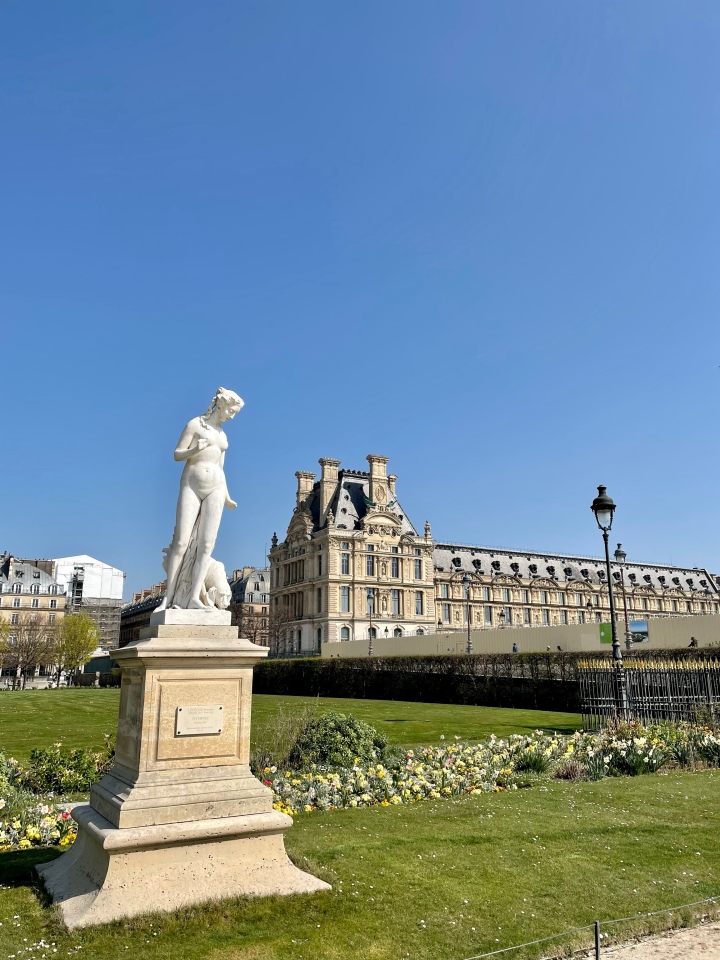





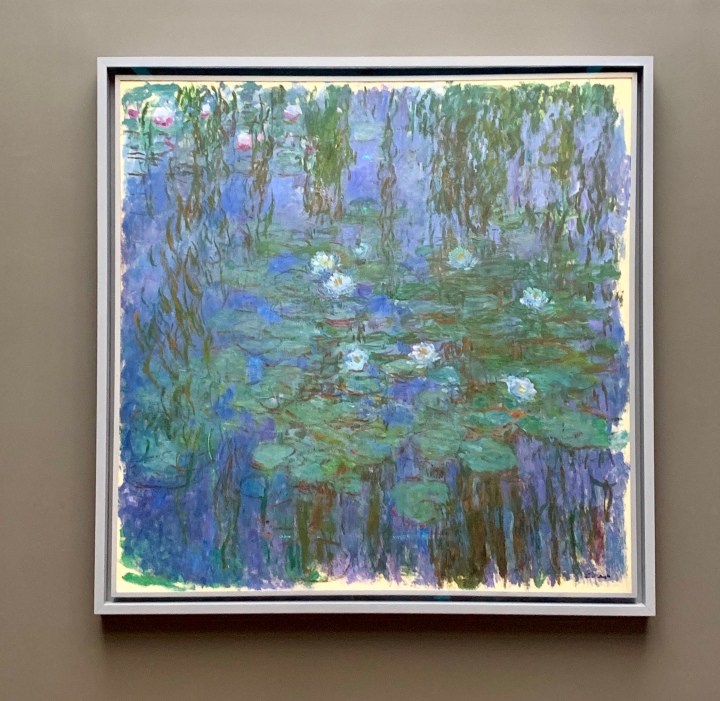
















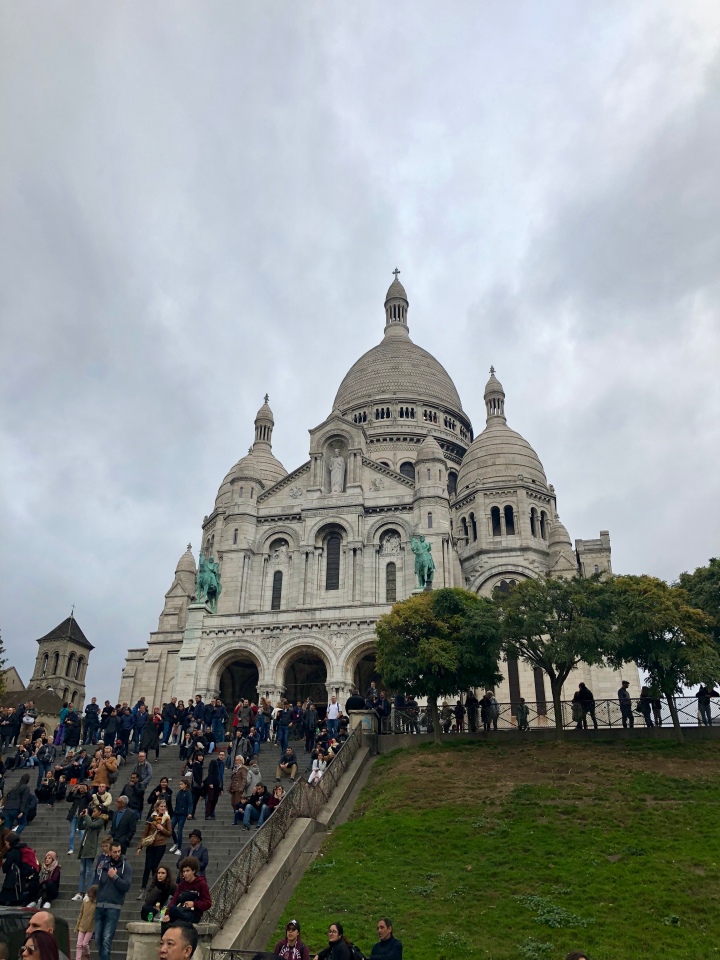


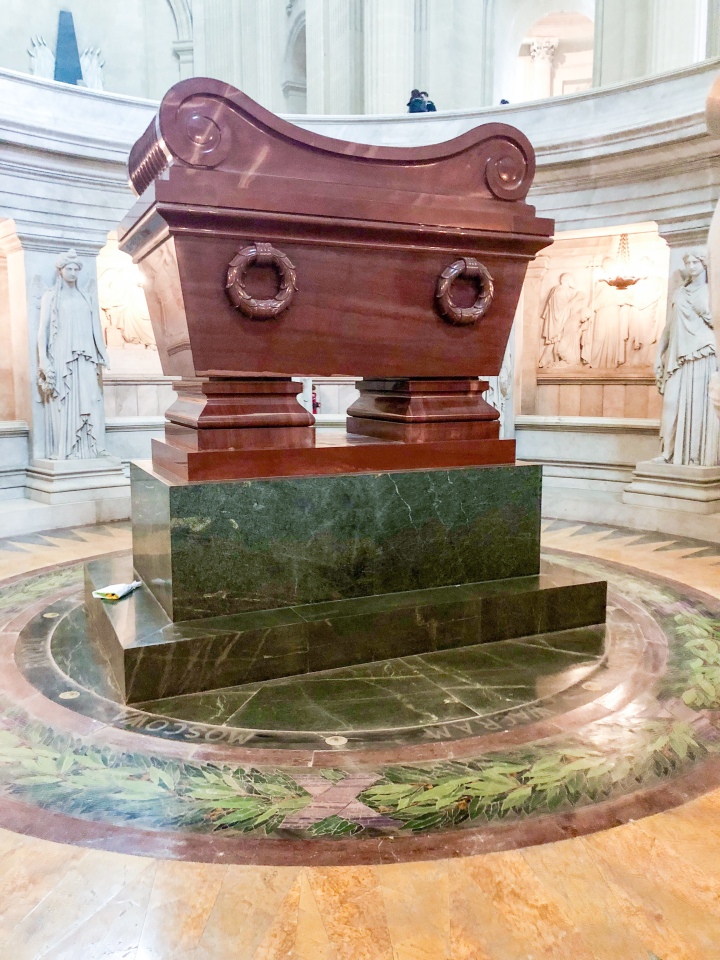


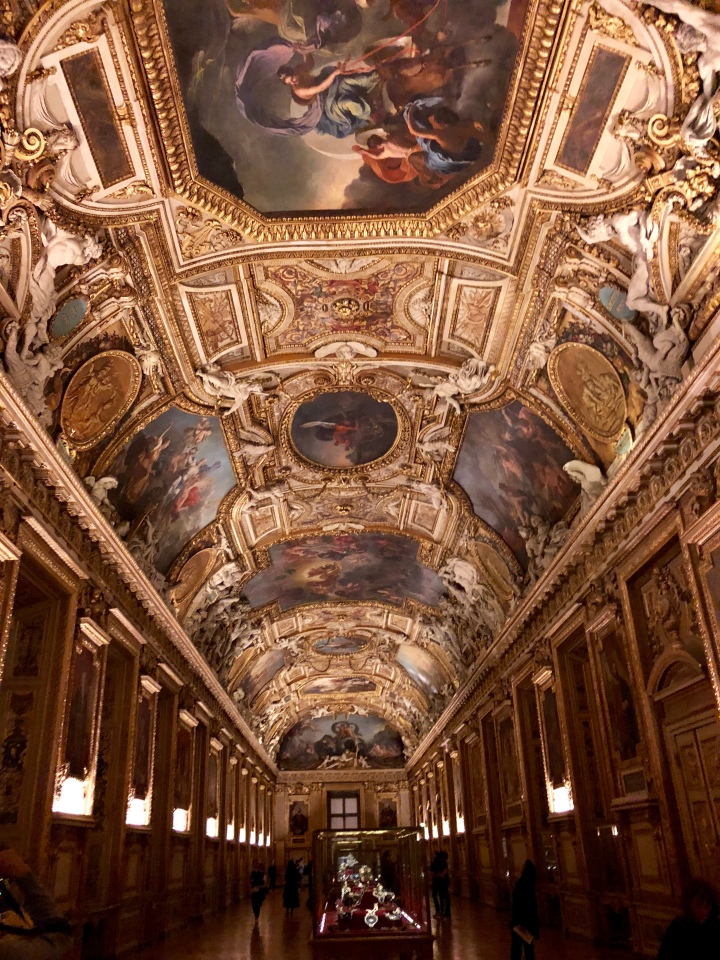



beautiful photos!
LikeLike
Too Beauty!!
LikeLike